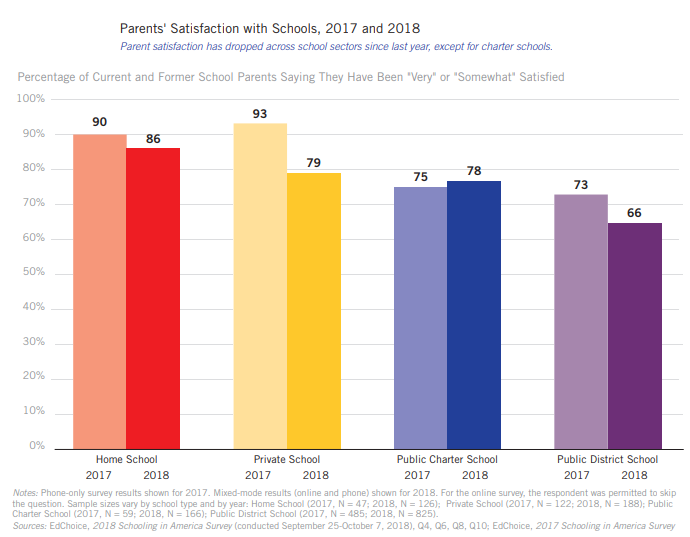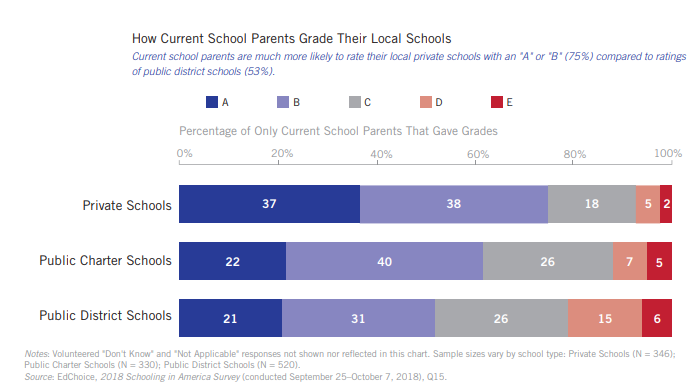Celebrating charter schools and the educational opportunities they bring to students
This week, we celebrate National Charter Schools Week and the success of 3.2 million charter school students. It is important to reflect on the opportunities charter schools offer families who are earnestly seeking a high-quality, public school option. According to a 2018 EdChoice survey, 61 percent of Americans support public charter schools, while only 29 percent oppose them. Parents’ satisfaction with charter schools increased from 2017 to 2018, whereas satisfaction in all other school sectors decreased. And current school parents were more likely to rate their charter school an “A” or “B” compared to the percentage of parents who rated their public district schools an “A” or “B.”

But the battle over charter schools continues to rage on in national debate. Even Minnesota, who pioneered the charter school model for the rest of the country to follow, is facing its own internal debates on charter school growth (see, “St. Paul officials debate ways to rein in growing charter schools” by the Star Tribune).
Providing essential education options to Minnesota’s students should not be a contentious issue. Charter-linked innovation aimed at addressing educational challenges and improving public education should be celebrated. Charter schools are community partners, founded and led by community leaders, and are unique public schools that serve the needs within a community.

While charter schools are public schools—they are always open to all and tuition-free—they are independent of the local school district’s control and allowed to innovate. Charter schools come with higher accountability and are therefore held to higher academic, financial, and organization standards. They are subject to regular reviews, and failure to properly serve students can get them shut down. Charter schools come with higher autonomy, as well. Numerous data continue to show that public charters are a good investment.
Charter schools in Minnesota currently serve approximately 59,000 K-12 students. We applaud leaders at the local, state, and national level who demand high-quality education options to help meet the needs of more Minnesota students.